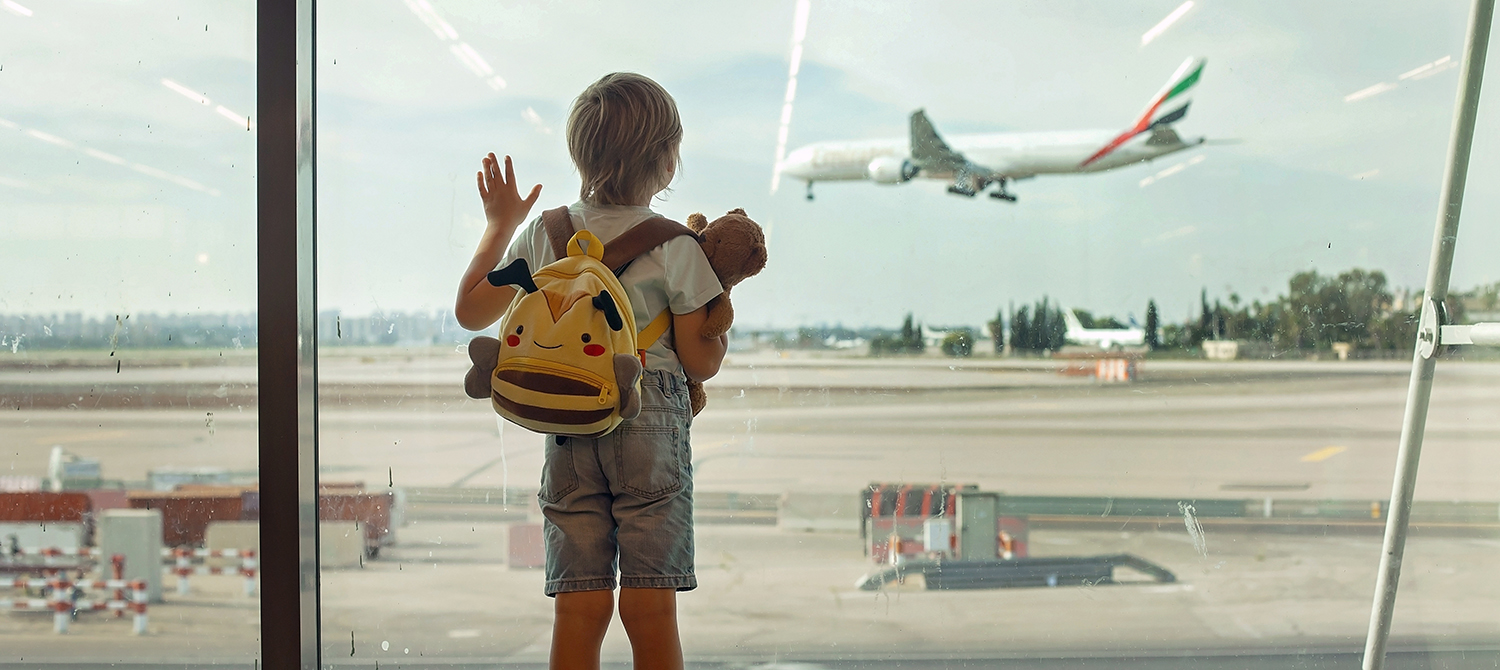November 2025 Newsletter | Ready, Set, Go: Making Holiday Travel Work for Everyone

Lea este artículo en español aquí.
Ready, Set, Go: Making Holiday Travel Work for Everyone
The winter season brings holidays and school breaks, and for many, holiday travel can be a time of joy, connection, and adventure. But travel can also mean new environments, unpredictable schedules, and sensory challenges. For many who navigate those challenges, thoughtful preparation and support can turn travel into a positive and empowering experience. This month, we’re sharing practical strategies to help families and educators make holiday journeys smoother and more successful.
Build Safe Travel Confidence Travel planning includes essential safety considerations, and it’s important to plan and communicate ahead of time so everyone knows how to stay safe.
|
Make a Travel Prep Toolkit Including everyone in planning is a great way to ensure unique needs are accounted for and interests and strengths are celebrated.
|
Identify Sensory and Social Supports Travel is full of sensory input—crowded spaces, smells, noise, new foods—and it can be overwhelming. Supports individualized to each person’s needs can help!
|



